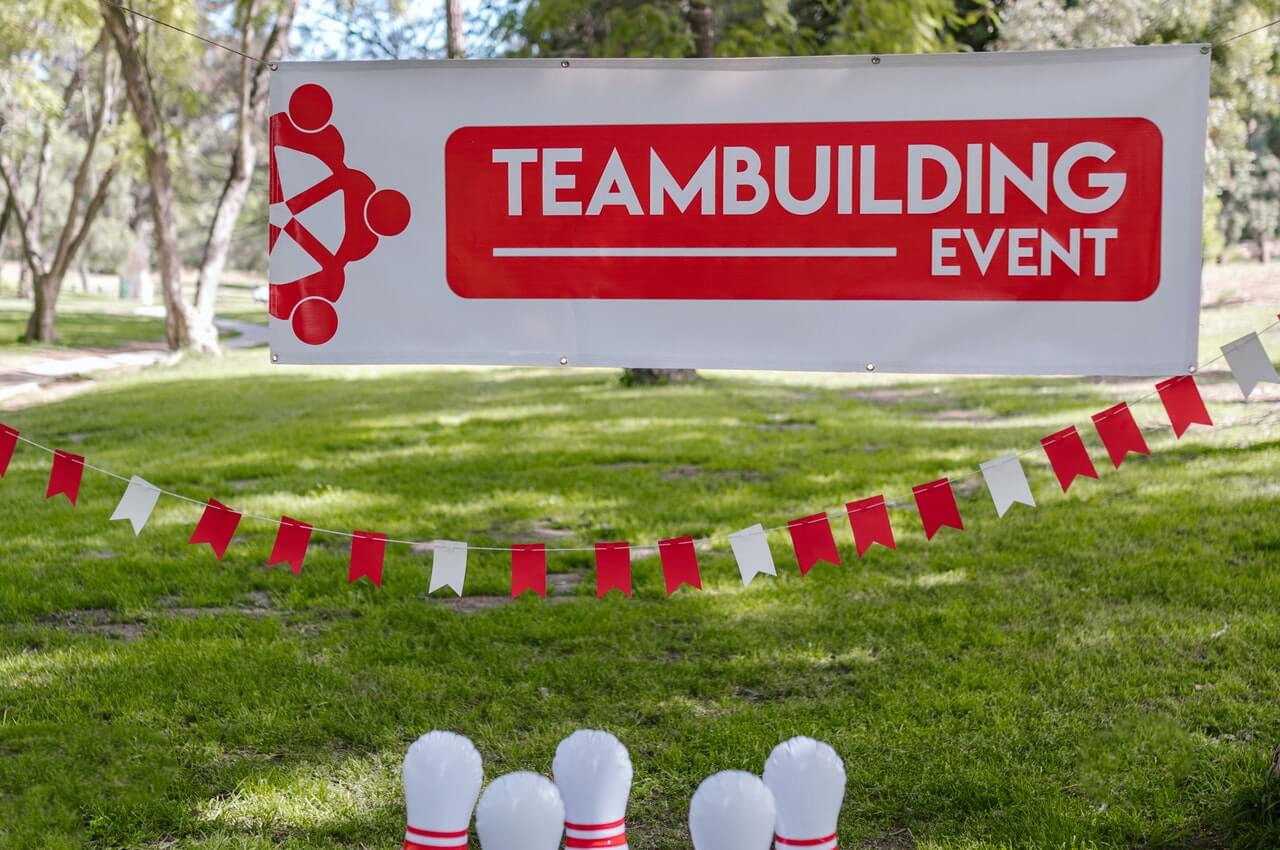Many leaders and organizations bring in a team building expert when things are going horribly wrong, feel better for a day or two and predictably go back to the same old type of interactions. This approach gives team building a bad name or makes it appear ineffective when it can actually be a powerful tool to create positive workplaces.

Let’s talk about five key reasons why team building doesn’t work for many companies and some tips on how you can make it much more successful:
1. Leadership isn’t participating. If your leaders aren’t involved then the rest of the employees feel like it isn’t important or they are being singled out for some reason. The solution to this situation is to design your team building program to start at the top. Ask that leaders participate actively and regularly to set a positive example.
2. Lack of time commitment. Team building is an ongoing process, not a one-shot activity. Successful organizations set aside regularly scheduled time for team building activities. When you design an ongoing program you give everyone in your organization the opportunity to practice new behaviors and become proficient over time.
3. Superficial team building activities. Successful team building goes below the surface and deals with core issues that affect how people behave toward each other, with an emphasis on their thinking and values. When we do activities that only scratch the surface we get shallow results. The key is to focus on activities that help people learn about each other and build empathy such as having deeper conversations.
4. We forget to set ourselves up for success. Team building benefits from focus and dedication and we can’t do that when it takes a back seat to everything else in the workplace. You can create a productive atmosphere by requiring attendance, meeting in a quiet place, eliminating tangential conversations, avoiding interruptions, using an expert facilitator, asking phones to be turned off and not allowing people to excuse themselves in the middle of the meeting.
5. Limited opportunities for practice. It took a long time for you to create your current workplace dynamic and team building will require time and effort to take hold as well. With continual practice you will replace the current behaviors with new actions. Give yourself a chance to succeed by creating a program that gives people ample opportunity to practice and fine tune the new way of doing things.
There’s a big difference between paying team building lip service and actually devoting the time and effort to help it succeed. As leaders, we decide whether it’s important enough to keep it going or just a haphazard reaction to the latest workplace crisis. The next time you hear of a team building program that didn’t work you can be reasonably certain that it was because the company simply wasn’t ready or willing to make it happen. Are you?
——————
For more resources, see our Library topic Team Building.
——————
Guest Blog Post by Guy Farmer
Guy Farmer provides unconventional team building, effective communication, leadership and diversity training for proactive leaders and organizations. Website address: www.guyfarmer.com.


Thanks for the great article, I like it! It’s very important to choose a right exercise for the teambuilding to make it work. I think that teambuilding outdoors can be very useful. Firstly, the nature quickly makes a psychological dischardge among people. Secondly, the team plunges into unfamiliar atmosphere which allows to identify informal leaders, as well as the hidden conflicts or sympathy. It helps to choose the right exercise in teambuilding.
Laura
http://www.goaltrainingen.nl